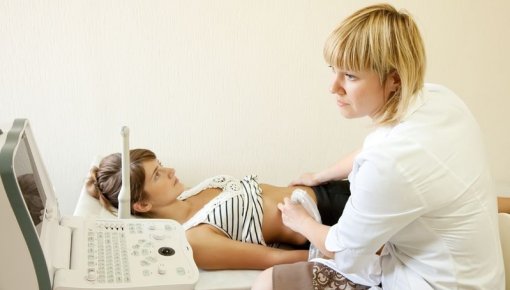Diagnosing endometriosis

Endometriosis is often only diagnosed and treated after a lot of time has passed. If a woman is thought to have endometriosis, it's important to decide what diagnostic examinations she actually needs. Laparoscopy (an examination of the inside of the abdomen) is only sometimes suitable, for instance.
In women with endometriosis, the kind of tissue that lines the womb (endometrium) also grows outside of the womb or in the wall of the womb. Known as endometrial implants, these areas of endometriosis tissue are benign (not cancer) and many women don't notice them at all. But they sometimes cause severe symptoms, greatly affecting your quality of life.
It often takes many years before endometriosis is diagnosed. Most women only seek medical help if they're in a lot of pain or if they're having trouble getting pregnant. This is because many wrongly believe that even very bad pain is "normal" during their period.
The typical symptoms of endometriosis mainly include severe period pain, pain during or after sex, pain when you go to the toilet, and soreness in some areas of the pelvis. These symptoms can also have other causes, so it's very important to have things thoroughly checked out by a doctor.
Women usually go to their family doctor or gynecologist first. If needed, that doctor can then refer them to a specialized facility. In Germany, some of these are certified and include special endometriosis consultations, clinics or centers. You will find a list of certified facilities here.
